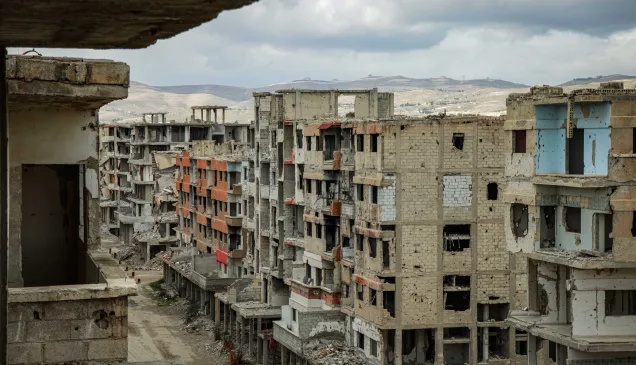Unexploded weapons haunt northern Ethiopian communities
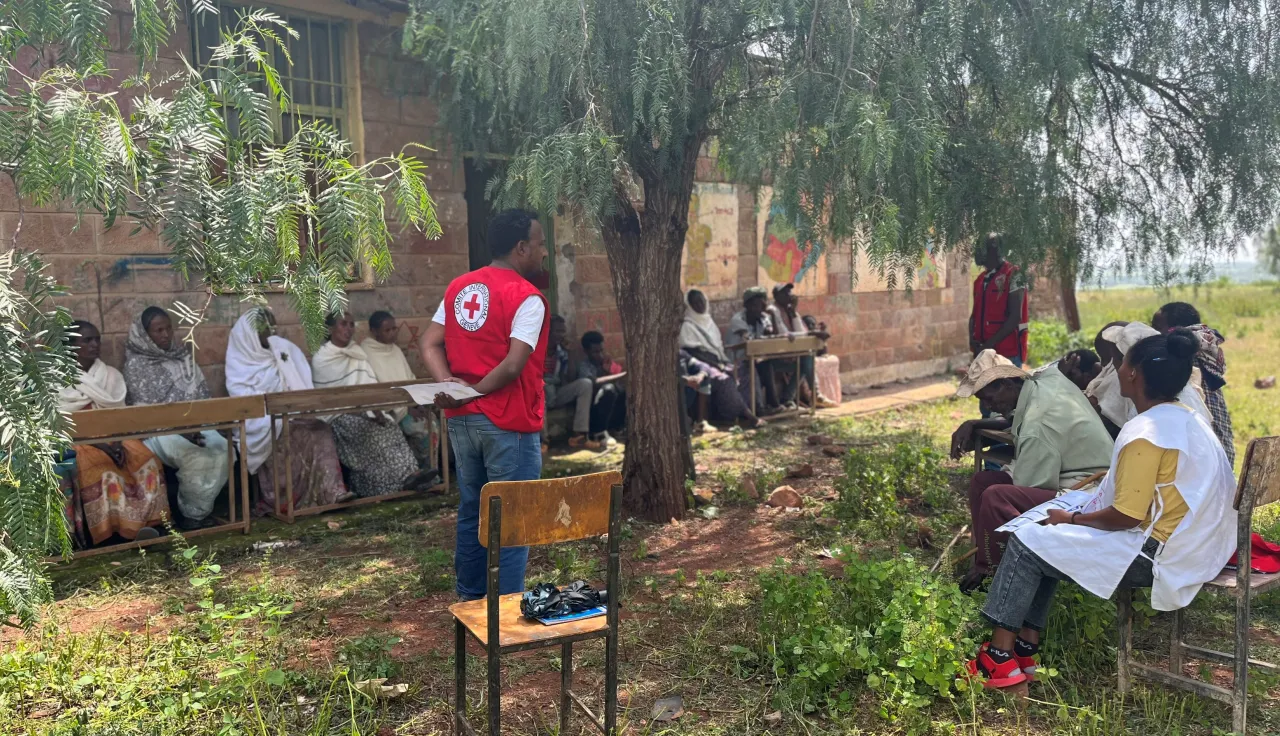
Ten months after a peace agreement ended the two-year armed conflict in northern Ethiopia, the lives and livelihoods of the people living in weapon-contaminated areas in Tigray, Amhara and Afar are threatened, despite significant improvements in the overall humanitarian situation.
"It's an absolute tragedy for someone to be killed or to lose a limb due to the detonation of unexploded ordnances, even more so after the end of a conflict," said Vasanth Kanags, the ICRC's weapon contamination specialist in the region. "It's urgent that we inform communities of this danger, especially children who naturally want to play with new, interesting-looking objects."

The International Committee of the Red Cross (ICRC) and the Ethiopian Red Cross Society (ERCS) have increased efforts to assist victims of explosive remnants of war and to keep people safe from this deadly legacy of the conflict, particularly in remote areas, by promoting safer behaviour and engaging authorities in the marking and clearing of contaminated areas.
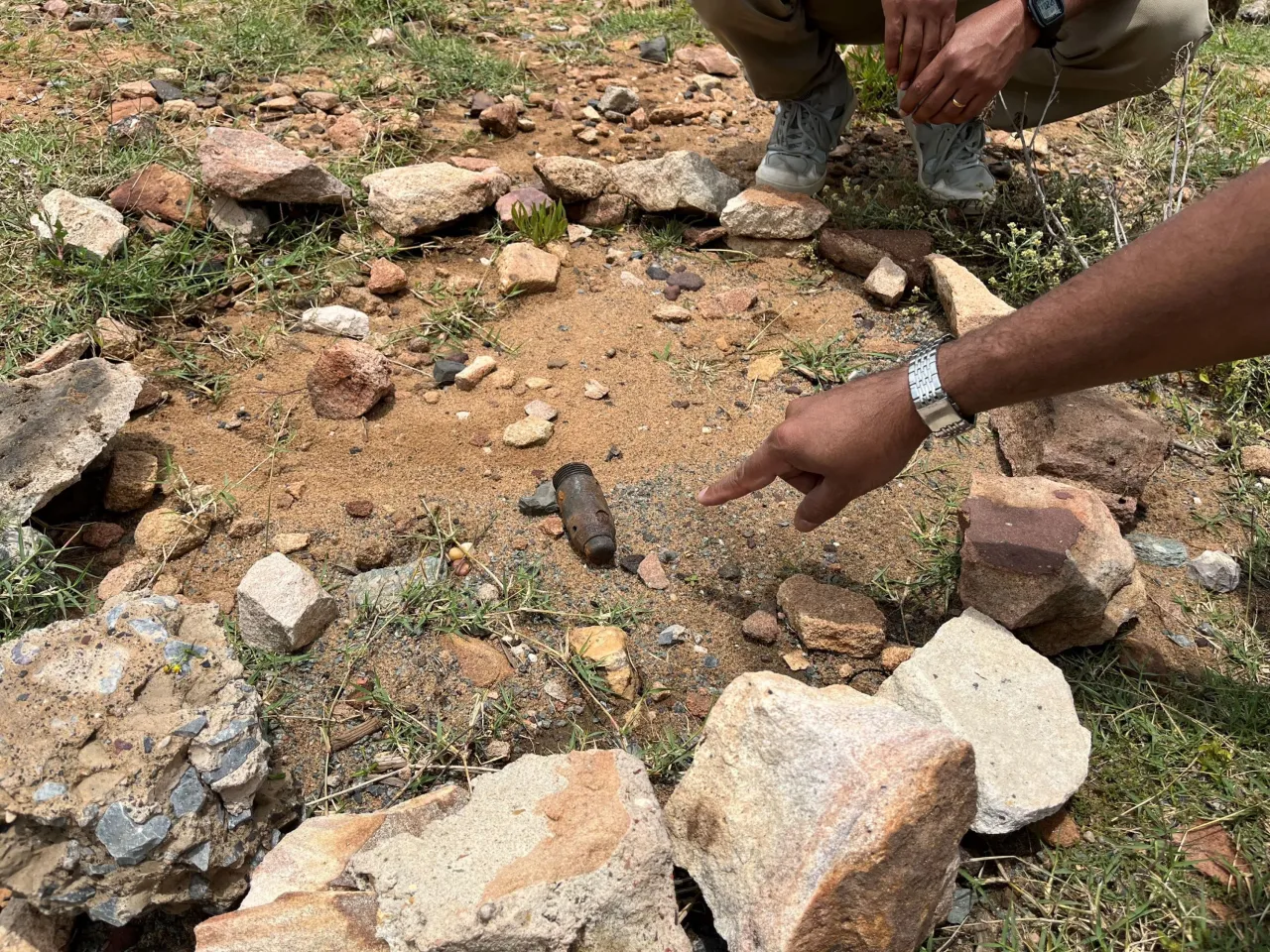
Among those most at risk are children playing and farmers returning to their land located in former battlefields. "My husband was killed by an object that my son brought home. He was trying to collect it from the boy when it exploded, killing him, and injuring our three children," explained Beyenesh Mesfin, who survived the blast in front of her house in Tabya Fithi, in Seyemti Adyabo Woreda, Tigray, on 21 August.

She received medical treatment at Adi Daero Primary Hospital and cash assistance from the ICRC to cover some of the needs related to the accident.
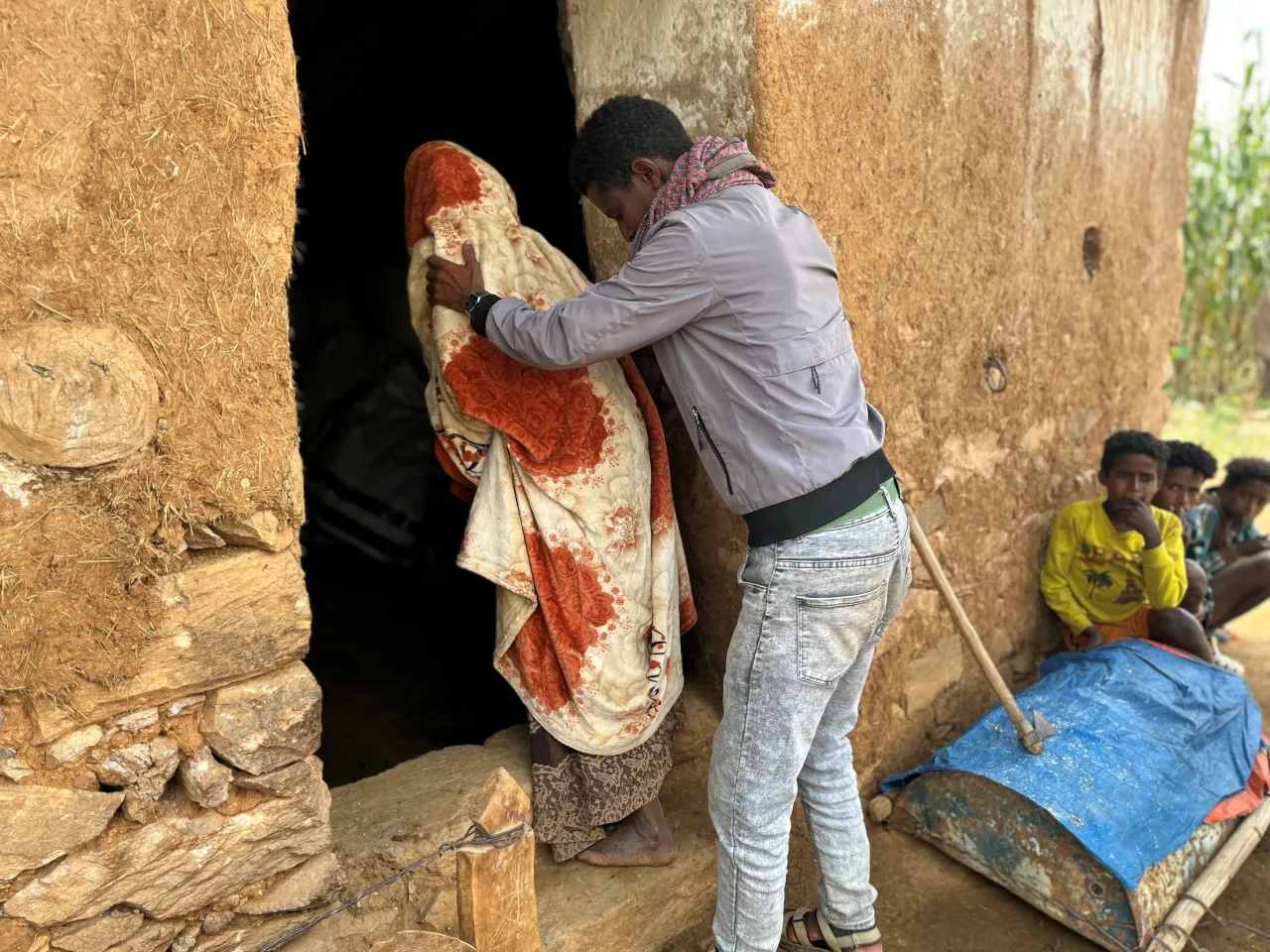
Beyenesh's 7-year-old son who brought the unexploded ordnance home explained that he had picked up the object from a grave, believing it to be a toy, while playing with his friends and siblings. They didn't know it was a dangerous weapon.
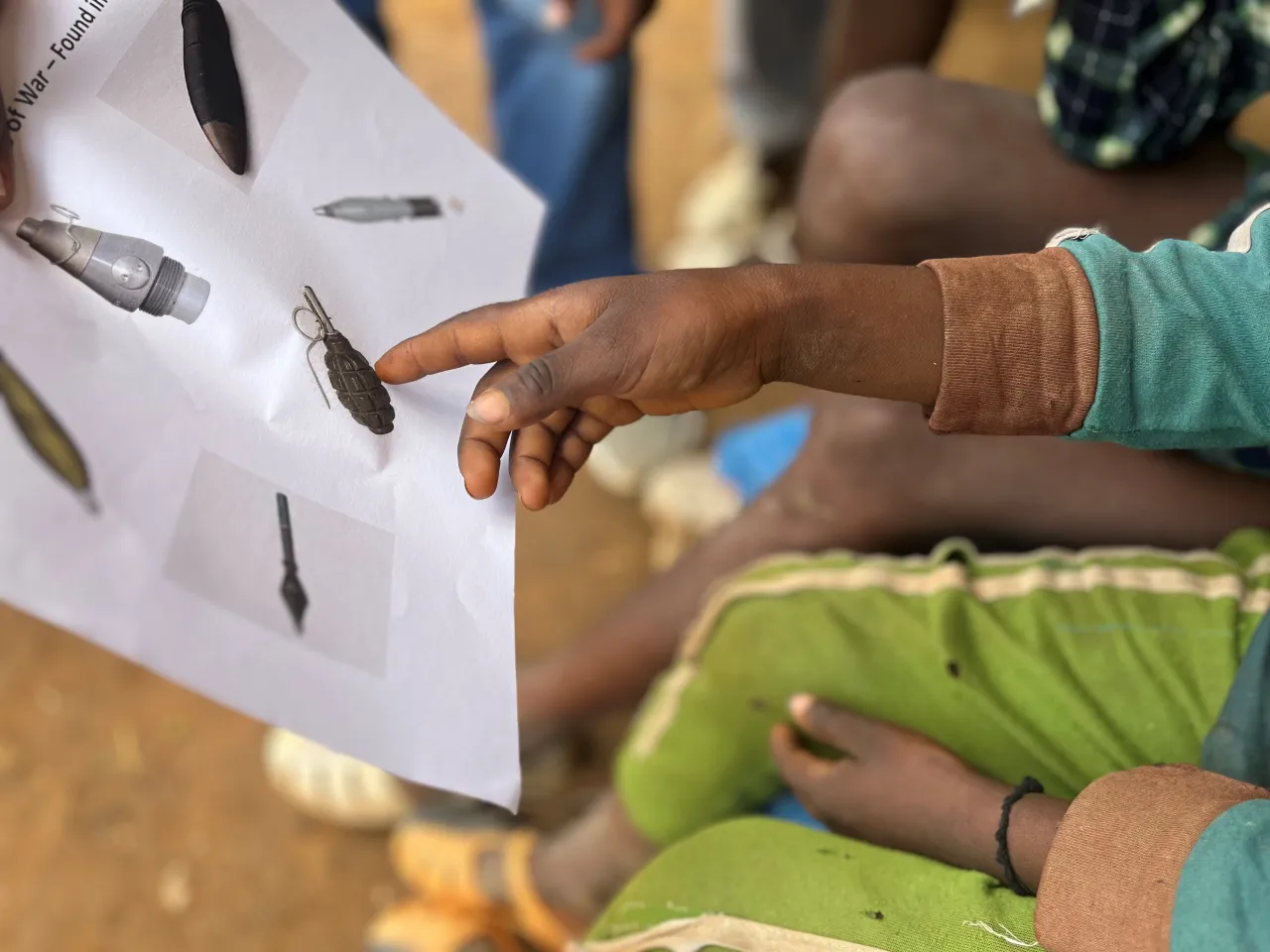
At the Adi Daero Primary Hospital where Beyenesh was treated, doctors said neighbours brought her to the facility on an improvised local stretcher in a very critical state. The hospital is one of many in Tigray which receives support from the ICRC to treat the wounded and patients with other life-threatening medical conditions.
"Beyenesh was bleeding profusely when she arrived here. We transfused two liters of blood because she had lost a lot of it. We removed a foreign object from her hip that measured 6 centimeters in length and 2 in width," explained Dr. Dereje Amare.

In the suburb of Freweyni in eastern Tigray, Desta Abrha is now left to care for her grandchildren, ages 2 and 4. She tells the story of how her son died from an explosion, together with his wife, after attempting to cut an object into pieces for sale as scrap metal, not realizing it was an explosive remnant of war.
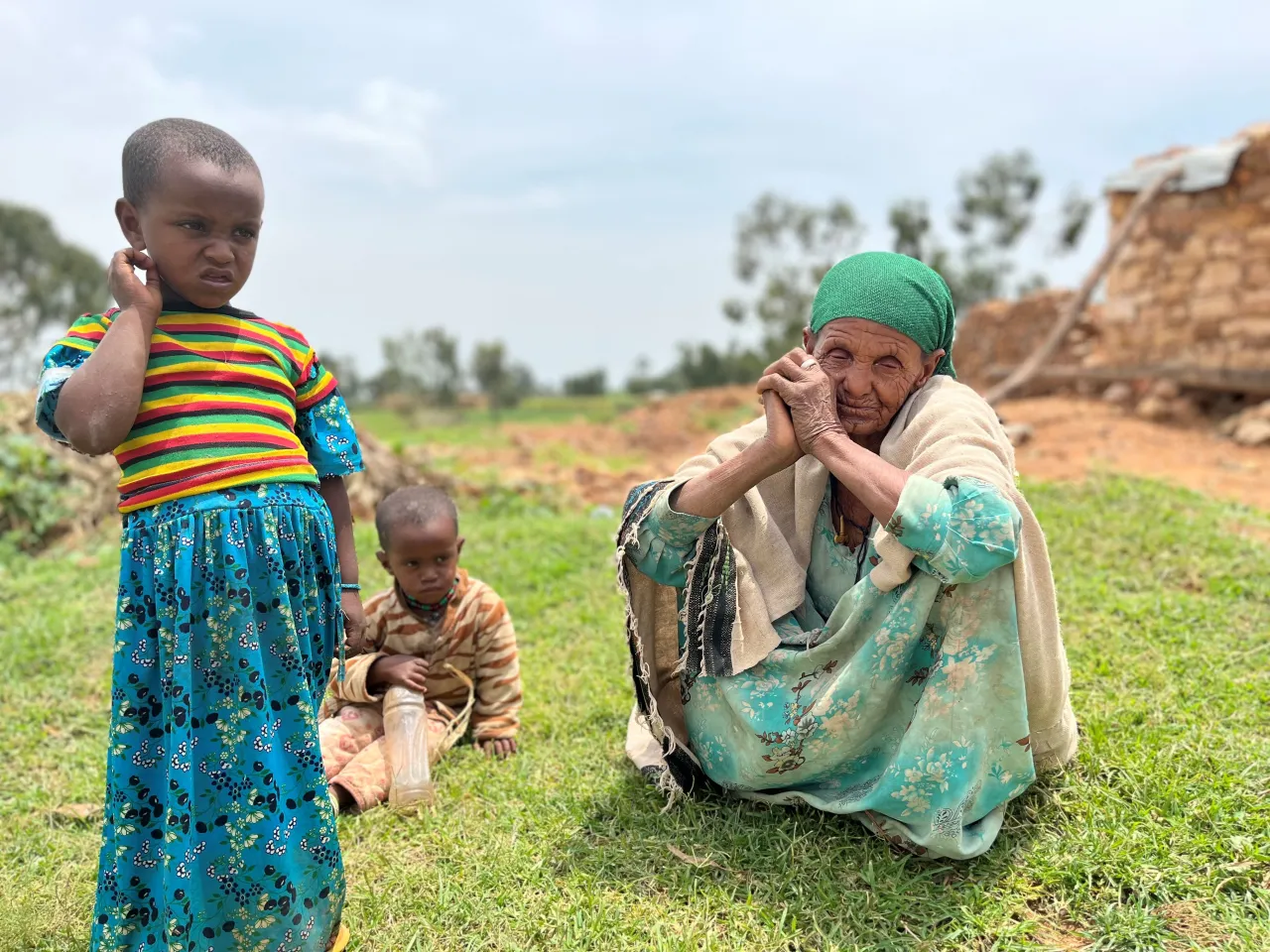
The ICRC has now trained nearly 50 Red Cross volunteers who promote risk awareness and safer behaviour in 23 districts across Tigray. ICRC weapon contamination teams also visit victims and refer them for medical or physical rehabilitation care in facilities supported by the ICRC. Some victims of weapon contamination accidents with exceptional difficulties such as Desta have also received emergency financial assistance from the ICRC to cover their urgent needs.
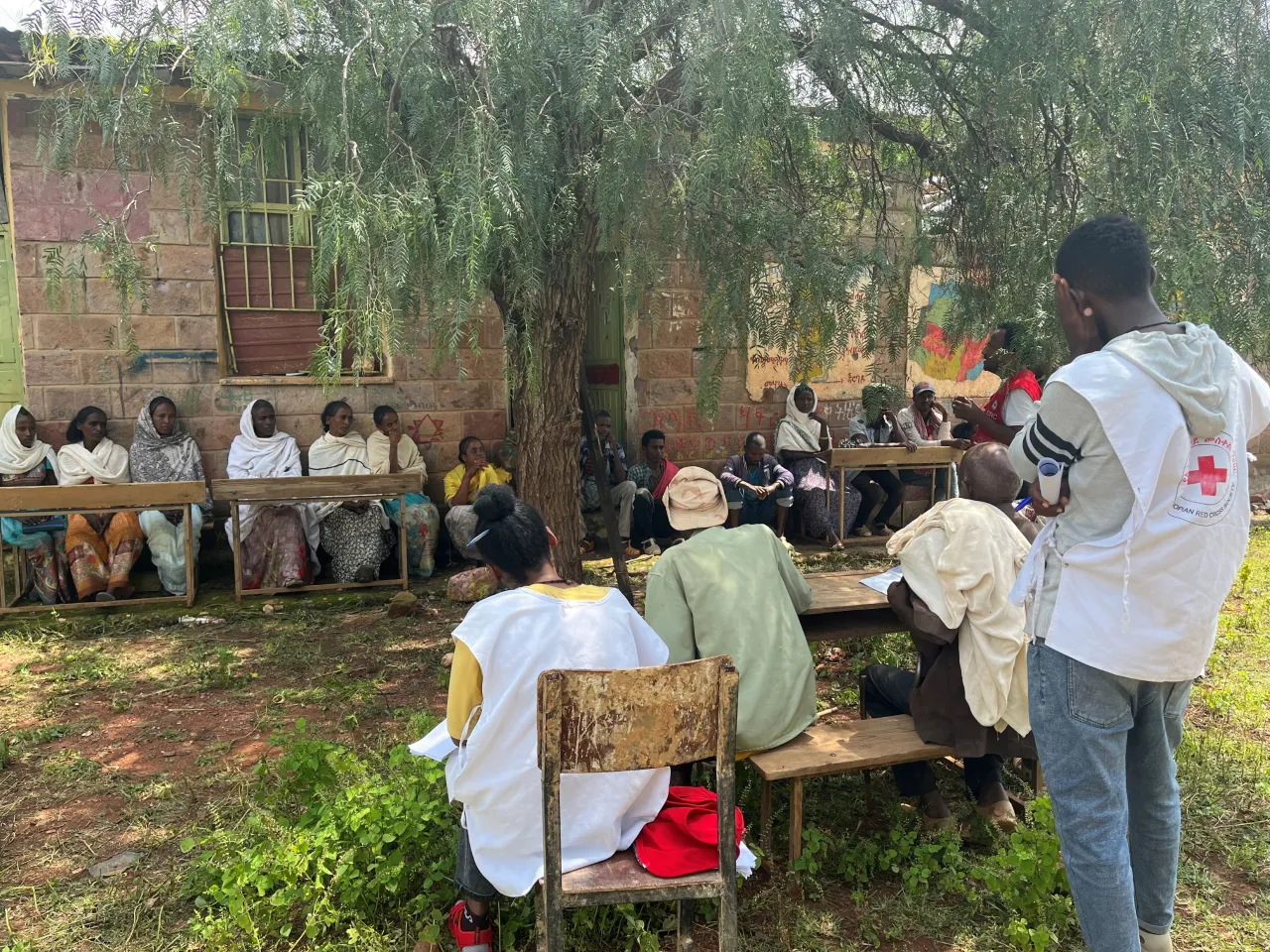
The ICRC and ERCS are planning to scale up these lifesaving activities in contaminated and hard-to-reach areas in Amhara and Afar in the coming months to enable communities to protect themselves against the threat of such accidents.
According to International Humanitarian Law, civilians exposed to unexploded ordnance must be protected and assisted.
Ethiopia can significantly reduce the deadly threat posed by unexploded ordnance by signing, ratifying and implementation of the Convention on Conventional Weapons (CCW 1980) and to its fifth protocol on explosive remnants of war. The ICRC is committed to supporting and working together with the authorities in this regard.
To learn more about explosive remnants of war and the risks they pose, click here and here.



